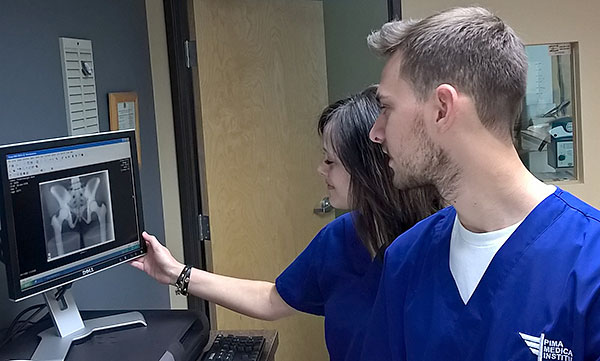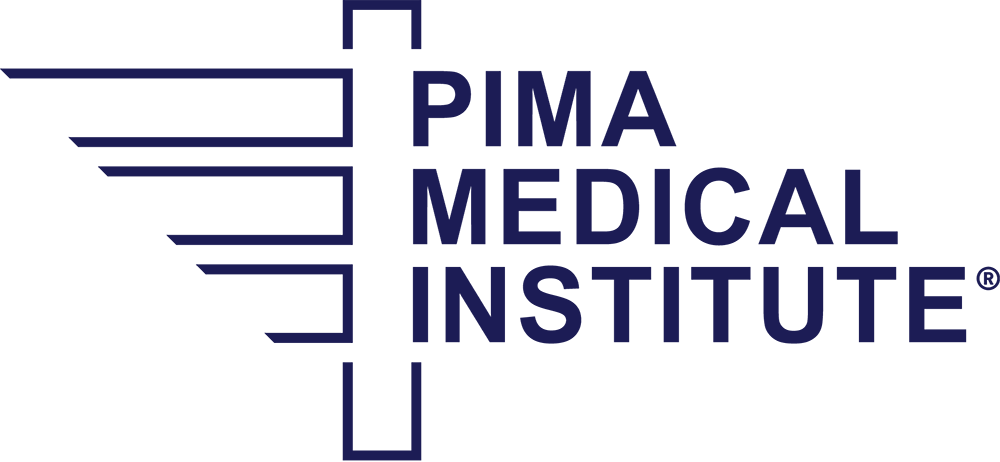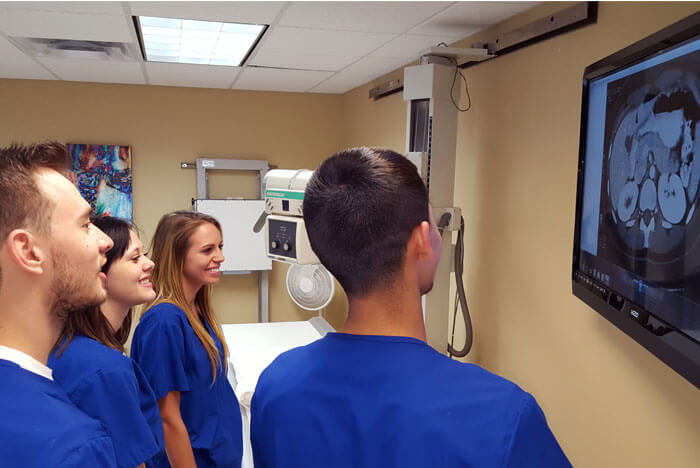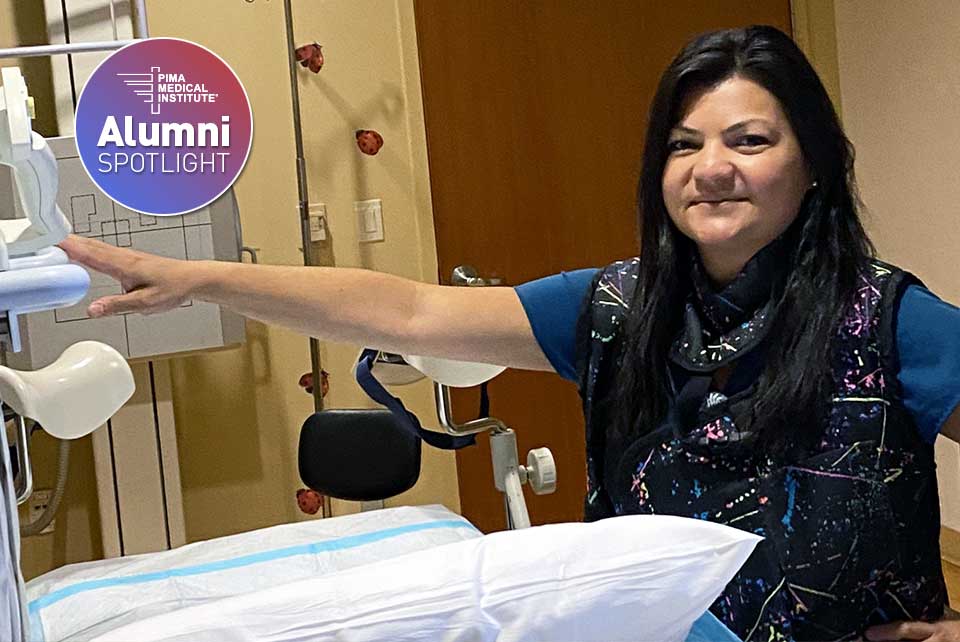Over 120 years ago, the German engineer and physicist Wilhelm Roentgen discovered the X-ray. Almost immediately, this highly penetrating form of electromagnetic radiation began playing an integral part in the diagnosis and treatment of patients.
Over the years, the medical imaging sciences have grown and evolved, bringing amazing, life-saving technologies to the patient population. As the science behind these amazing applications has evolved, so too has the profession of radiologic technologists.
In 1922, Sister Beatrice Merrigan became the first person in the Unites States to become a registered radiologic technologist. By the end of the 1930s, there were over 2,000 registered radiologic technologists leading the way in establishing a highly organized, disciplined and patient-centered profession.
Today there are more than 300,000 registered radiologic technologists, delivering highly quality patient care with some of the most advanced technology on the planet. As radiographers, it’s the technology that seems to always take center stage.
We bristle for example, when the term “technician” is used to describe us. We are quick to correct this common misuse of the term, and point out that we are in fact “technologists,” with the difference being that we have in-depth knowledge as to the how and why behind what we do, rather than just knowing which buttons to push. But the technologies we work with, and the technical expertise we possess, are really just a small part of the story.

Pima Medical Radiography students examine an X-ray at the Mesa, Arizona, campus.
When I was in the clinical externship phase of my education, I was mentored by a number of different radiologic technologists. One in particular stands out as having an important impact on the way I went on to deliver patient care.
He often said, “Don’t ever forget, our job starts and ends with the patient.” He led by example, with a quiet, gentle approach, and a smile for every patient. He showed me the meaning of quality patient care by taking a few extra minutes to ensure every patient that left his room left with a sense that someone had truly cared for them that day.
He demonstrated what Mother Theresa once said: “It’s not as important to do great things, as it is to do many little things with great love.” He showed me how a hand on the shoulder, an extra blanket, and a calm, empathetic, and professional courtesy could lift a patient’s spirits. He helped shape the technologist I would become, and the lessons I would one day impart to my students.
Michael Hawkes, M.Ed, RT(R) (ARRT) began his medical imaging career over 20 years ago after completing Pima Medical Institute’s radiography program in Tucson, Ariz. Upon graduating from Pima Medical, he worked in a variety of imaging settings, including as a computed tomography technologist in a large and busy urban hospital, and as a clinical instructor and chief technologist in a smaller, rural hospital. During Michael’s time in the field, he developed a passion for working with students. His love of teaching inspired him to earn a bachelor’s degree in Radiation Sciences from Adventist University and take a faculty position at Pima Medical’s Tucson campus. Eventually, Michael went on to earn a master’s degree in Education at Northern Arizona University. He is now the Radiography Program Director at Pima Medical’s Mesa campus.



